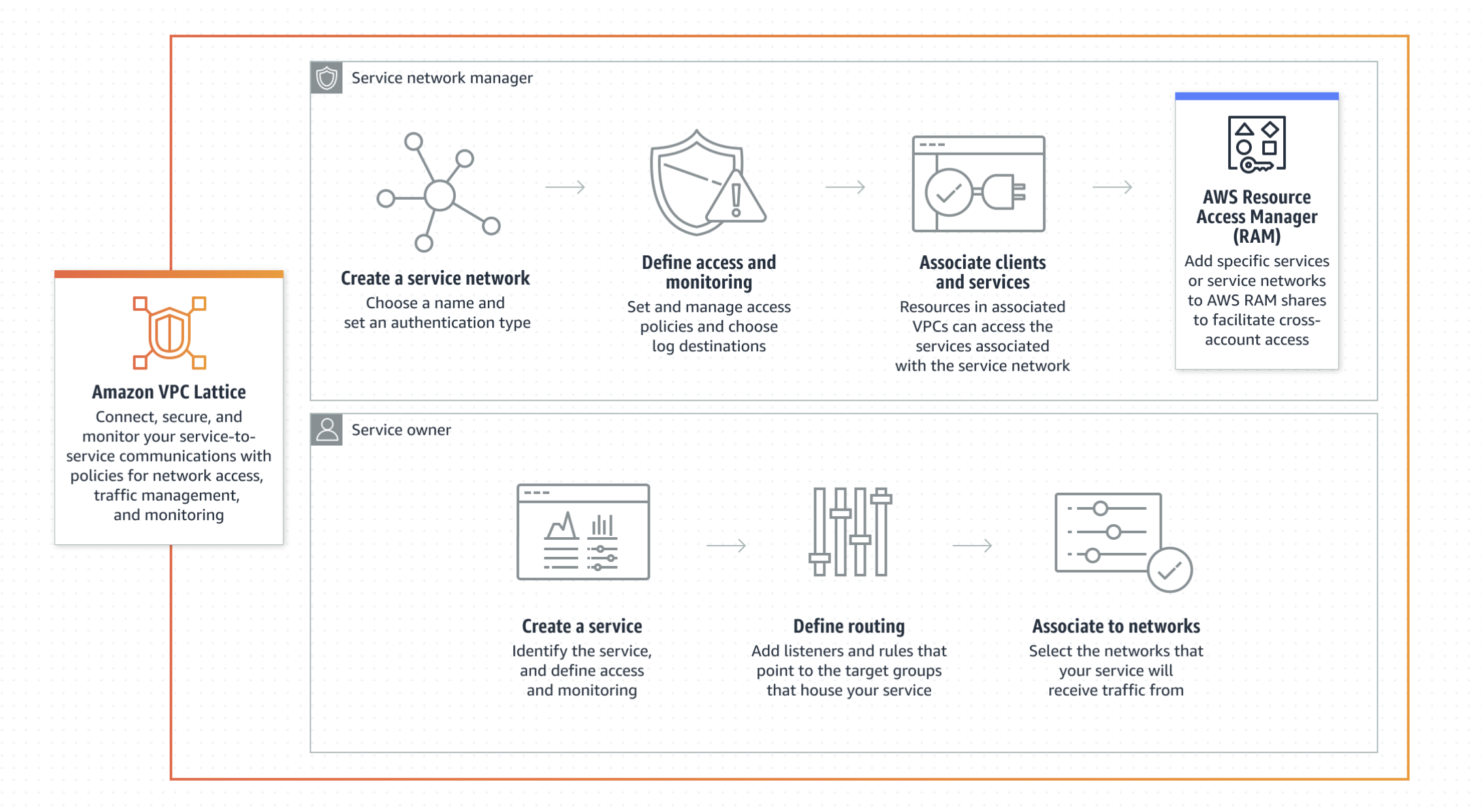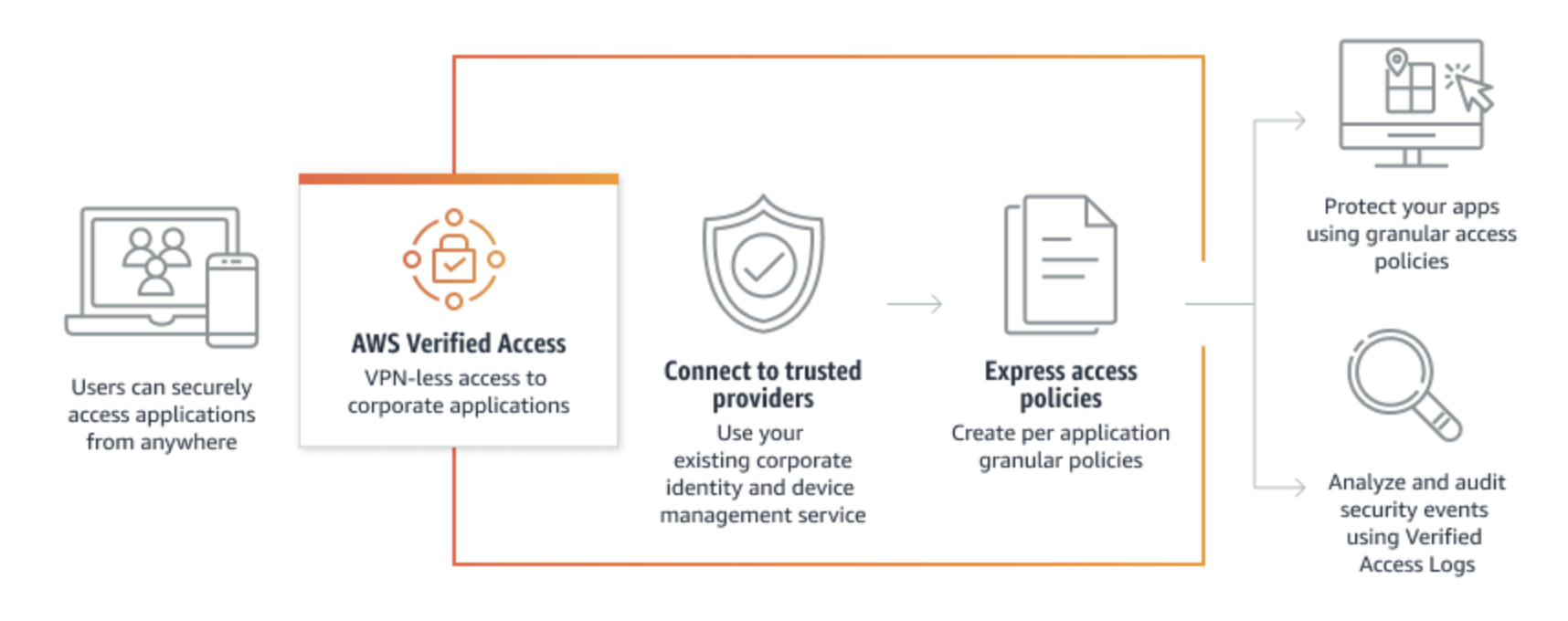AWS re:Invent 2022 - Recap
As far as tech conferences are concerned, it’s hard to find one as exciting as AWS re:Invent. Whether it’s anticipation for new product announcements or connecting in person with the community, there is something electrifying about being at ground zero. And if you can make the trip, you will get a lot of great exercise too! I hit close to 100K steps or approx. 43 miles according to my Fitbit. What were some of my favorite highlights from re:Invent 2022?
Community
Jason Dunn put on a spectacular event for the AWS Community Builders. Intros were made to various members of the AWS team, community managers, topic leaders, developer advocates, and DevRel leadership. Even the legend, Jeff Barr, was there. The food was hot, the SWAG was hotter, and the conversation and networking was off the chain. These types of events are where major opportunities happen. Want to become a Community Builder? Check out our page.
Attendance
There were over 60K in attendance this year, and all the sessions I attended were excellent. You can find most of the events already available on the AWS Events YouTube channel.
Network Announcements
My favorite category, Networking & Content Delivery, saw a few new product launches. Let’s dig in!
VPC Lattice
Want consistent network policy and traffic management across instances, containers, and serverless? A new full managed service called VPC Lattice is now in preview. This feels like a service-mesh “lite” aimed at scaling service-to-service connections while incorporating some zero-trust. Having visibility into service-to-service interactions is important.
Pricing
VPC Lattice Pricing is broken down into three components that ultimately decide how much that final bill will increase.
- Per hour charge for each running service (that runs on instances, containers, or serverless). The price will differ per region, but for US East it is $0.0250/hr
- Per GB charge for each gigabyte of data running through each service. Again, the price for US East is $0.0250/GB
- Requests made to to each service are priced at a $0.10 per 1 million requests rate. You begin getting charged once you exceed the always free tier
Verified Access
VPNs are getting a lot of hate these days, and ZTNA products are getting a lot of love. I’m not surprised to see AWS release Verified Access for secure access to corporate applications. Like the bulk of ZTNA products on the market today, Verified Access uses conditions based on identity data and device posture for application access.
Pricing
Verified Access is broken down into two components that make up the final bill.
- Application Hours is an hourly charge for associated applications, which comes in at $0.27/hr for 1-148800 app-hours. If you surpass 148800 app-hours, this is reduced to $0.20/hr. Each partial application hour is rounded up and billed for the whole hour.
- GB of data processed is a $0.02 per GB charge that gets processed for all data flowing between users and applications while using the service.
Other Big Announcements
This year seemed bigger than ever, and if I had to pick one category that commanded a lot of attention, it was data management. Nobody says this as elegantly as the CEO:
DataZone
DataZone aggregates data sources, sets up a data catalog of sorts, and allows you to define a taxonomy. You can then govern access to data in one place. Let’s face it, data is heavy, hard to manage, and time-consuming to make sense of. Anything that streamlines and simplifies administration is winning.
Security Lake
Wherever there is data, security is not far behind. What happens when you combine data lakes and security? You get a purpose-built data lake for security-related data and name it Security Lake. On the surface, this looks pretty valuable as it appears to aggregate data from the cloud and on-premises security infrastructure and solutions and normalize it with the Open Cybersecurity Schema Framework (OCSF). In this long history of security and data, gathering tons of data was never a problem. Normalizing, understanding, and contriving value is.
CloudWatch - Internet Monitor
CloudWatch got a new feature called Internet Monitor which enables you to continually monitor internet availability and performance metrics. The monitoring happens through your VPC, CloudFront distributions, and Workspaces directories. The goal is to arm operations with insight into how internet issues impact the performance of applications hosted in AWS and end-users accessing those applications.
Conclusion
As always, re:Invent did not disappoint. There was a lot of post-pandemic excitement that was pretty contagious, and it was great to catch up with folks I hadn’t seen in a while or had never met in real-life. When you get that many builders together, you know some magic is bound to happen.



